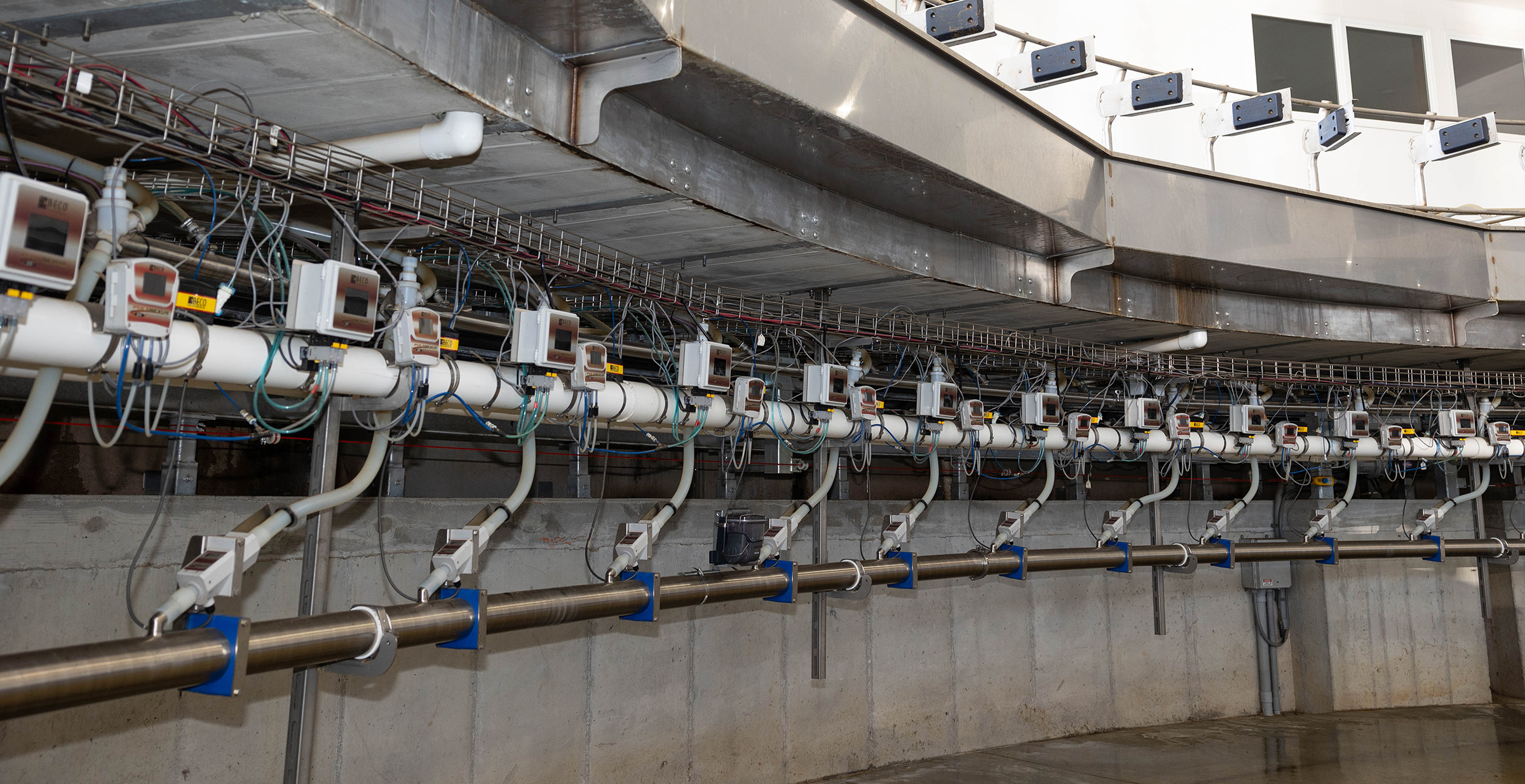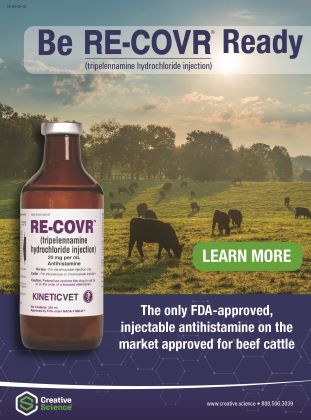How do you know if there are restrictions in your parlor?

How do you know if there are restrictions in your parlor?
Article and photo provided by BECO
We are often asked, how do we know if a dairyman has any restrictions in their milking path, and would it make any difference if they did. Some of the farms that are asking these questions are getting a 100 lbs. of milk on average with a low somatic cell count. Dairyman should ask in return, are we holding our cows back from their full potential? Today’s cows are producing more, have higher flow rates, and yet we are still trying to milk them through 5/8” and ¾” outlets. To allow today’s high producing cows to effectively produce all they are capable of, vacuum restrictions in the milk path must be eliminated. When the system is restricted, milk floods in the claw, vacuum fluctuates and becomes unstable. This will cause milk flow to slow down due to the decreased vacuum, liner movement is compromised, and udder health becomes a risk.
So how can we easily tell if there are restrictions in a dairy’s milk path. Dairyman have known for years that stable vacuum is critical when milking cows. Research has shown this to be factual as well. However stable vacuum is not something that is easily seen. Most dairyman do not know if their vacuum is stable or not. The first and perhaps the easiest way of looking for restrictions is to see if your milk hoses are bouncing as the cows milk. Do the hoses bounce a small amount when a low producing cow is being milked and bounce a lot more when a high producing cow is milking? When hoses bounce as the cows are milking, this is showing that milk is slugging and the system is flooding going through some portion of the milk path. It could be slugging because your claw does not have a large enough outlet or enough volume to handle the amount of milk that the cow is giving. It could also be slugging due lifting milk. It may also be caused by too small of an inlet on a milk meter, or perhaps the milk meters’ hole diameter is too small for the volume of milk that the cow is giving.
Another way of knowing if there are restrictions in your milk path is to have a qualified dairy equipment dealer come out to the milking barn and put a diagnostic device on the equipment. For example, if we want to check and see if the claw is restrictive the technician would place a needle inside the claw and monitor the claw vacuum fluctuation. The National Mastitis Council recommendation is less than three inches of vacuum fluctuation while the cow is in high flow. What I have found in the field, is that as we get the vacuum fluctuation closer to zero the more economic and health benefits we are able to capture. The technician should also check to see if there is a vacuum drop over different pieces of equipment in the milking path. For Example, the tech would place a needle in the milk line before and after the meter, and if there is any vacuum drop on the top side of the meter over the side that is closest to the pipeline, then that piece of equipment is restricting milk as it passes through. As a dairyman, you do not want to see any vacuum drop over any piece of equipment. We also check make sure that milk is not being lifted in any part of the milk path, this causes restrictions and slugging of the milk.
What happens when there is fluctuation? The milking equipment cannot function properly. If there is a lot of claw fluctuation then the entire system vacuum will need to be raised to achieve the average claw vacuum that is required for the liner to function properly. When we have to compensate by raising the system vacuum, what will happen when cows are in low flow at the end of milking or when the cows were not prepped correctly? Those cows are exposed to much higher vacuum than was necessary. As the dairy herd production increases and the flow rates increase the problem of claw fluctuation only becomes worse, and the effects on the slow milking cows and cows not prepped correctly become worse.
As we eliminate the restrictions in the milk path, cows milk out faster, milk production will normally increase, and incidences of mastitis will decrease, along with teat ends becoming healthier. Most herds also see an increase in flow rates, allowing a dairyman to get more turns per hour out of his milking parlor and get cows back to the freestall barn quicker. How much are we holding the cows back from what their true potential, when we have restrictions in the milk path? Eliminate any restrictions, so you can see what your cows’ full potential can be.




